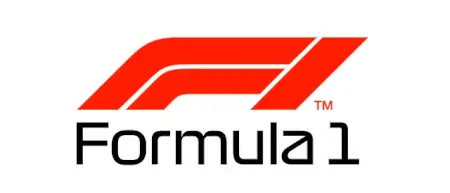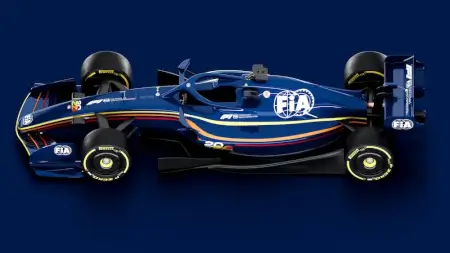April 26th 2023
F1 introduces shootout qualifying for sprint changes
Changes to the sprint format have been approved by the F1 Commission and FIA World Motor Sport Council, including a new qualifying to be known as the “sprint shootout.”
As previously reported by RACER, Formula 1 teams had agreed to remove FP2 from the sprint weekend as it had limited value, with the target of improving the on-track action in the sprint itself. As the finishing order previously set the grid for the grand prix on Sunday, drivers were often opting against taking further risks as the sprint race developed and settling for their positions after the first few laps.
To address that, the F1 Commission unanimously voted through revisions that mean Saturday will now be a completely standalone day involving a qualifying session — called sprint shootout” — and the sprint race, with the shootout being shorter than Friday’s normal qualifying. On Saturday, Q1 will be 12 minutes, Q2 just 10 minutes and then Q3 only eight minutes, adding jeopardy to the final part of the session and likely leading to just one run being possible at some venues.
To address that, the F1 Commission unanimously voted through revisions that mean Saturday will now be a completely standalone day involving a qualifying session — called sprint shootout” — and the sprint race, with the shootout being shorter than Friday’s normal qualifying. On Saturday, Q1 will be 12 minutes, Q2 just 10 minutes and then Q3 only eight minutes, adding jeopardy to the final part of the session and likely leading to just one run being possible at some venues.
Drivers will also have to use mandatory tires in the shootout, with Q1 and Q2 requiring new mediums, and Q3 new softs. That means a new tire allocation, with two sets of hards, four mediums and six softs per driver per race weekend.
The sprint finishing order no longer has an impact on the grand prix grid, with Friday’s qualifying setting the starting positions for the Sunday race. Points for both the sprint race and grand prix remain unchanged.
As far as penalties go, any grid penalty earned in FP1 or Friday qualifying will apply to the grand prix, while grid penalties earned in the sprint shootout will apply to the sprint. Any grid penalties picked up during the sprint itself will then be applied to the grand prix on Sunday, while parc ferme breaches mean a pit lane start in both the sprint and grand prix.
Power unit penalties only apply to the grand prix unless they are also a breach of parc ferme regulations.
The format will be used for the first time in this weekend’s Azerbaijan Grand Prix, as well as at the other five sprint venues this year in Austria, Belgium, Qatar, Austin and Brazil.
The number of power unit elements available to teams increased for this season only after Tuesday’s meetings, with the internal combustion engine (ICE), turbocharger, MGU-H and MGU-K all raised from a maximum of three per driver to a maximum of four.
For more information: www.racer.com
For more information: www.racer.com













